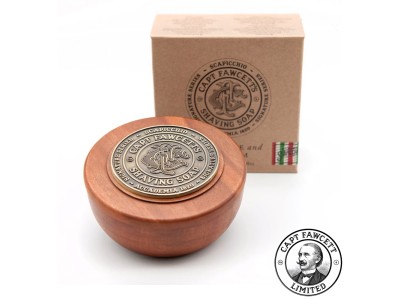Louis de Bernières | Captain Corelli's Mandolin
- Copyright: © Louis de Bernières 1994
British author Louis de Bernières is well known for his forays into magical realism in such novels as The War of Don Emmanuel's Nether Parts, Señor Vivo and the Coca Lord and The Troublesome Offspring of Cardinal Guzman. Here he keeps it to a minimum, though certainly the secondary characters with whom he populates his island - the drunken priest, the strongman, the fisherman who swims with dolphins - would be at home in any of his wildly imaginative Latin American fictions. Instead, de Bernières seems interested in dissecting the nature of history as he tells his ever-darkening tale from many different perspectives. Captain Corelli’s Mandolin works on many levels, as a love story, a war story and a deconstruction of just what determines the facts that make it into the history books.
Captain Corelli’s Mandolin is set in the early days of the second world war, before Benito Mussolini invaded Greece. Dr Iannis practices medicine on the island of Cephalonia, accompanied by his daughter, Pelagia, to whom he imparts much of his healing art. Even when the Italians do invade, life isn’t so bad - at first anyway. The officer in command of the Italian garrison is the cultured Captain Antonio Corelli, who responds to a Nazi greeting of “Heil Hitler” with his own
“Heil Puccini”, and whose most precious possession is his mandolin. It isn't long before Corelli and Pelagia are involved in a heated affair - despite her engagement to a young fisherman, Mandras, who has gone off to join Greek partisans. Love is complicated enough in wartime, even when the lovers are on the same side.
And for Corelli and Pelagia, it becomes increasingly difficult to negotiate the minefield of allegiances, both personal and political, as all around them atrocities mount, former friends become enemies and the ugliness of war infects everyone it touches.
"A true diamond of a novel, glinting with comedy and tragedy" - Daily Mail- Language: English
- Dimensions: 19,7 х 13 cm
- Pages: 438
- Cover: softcover
- First published: 1994
- This edition published: 1998





















